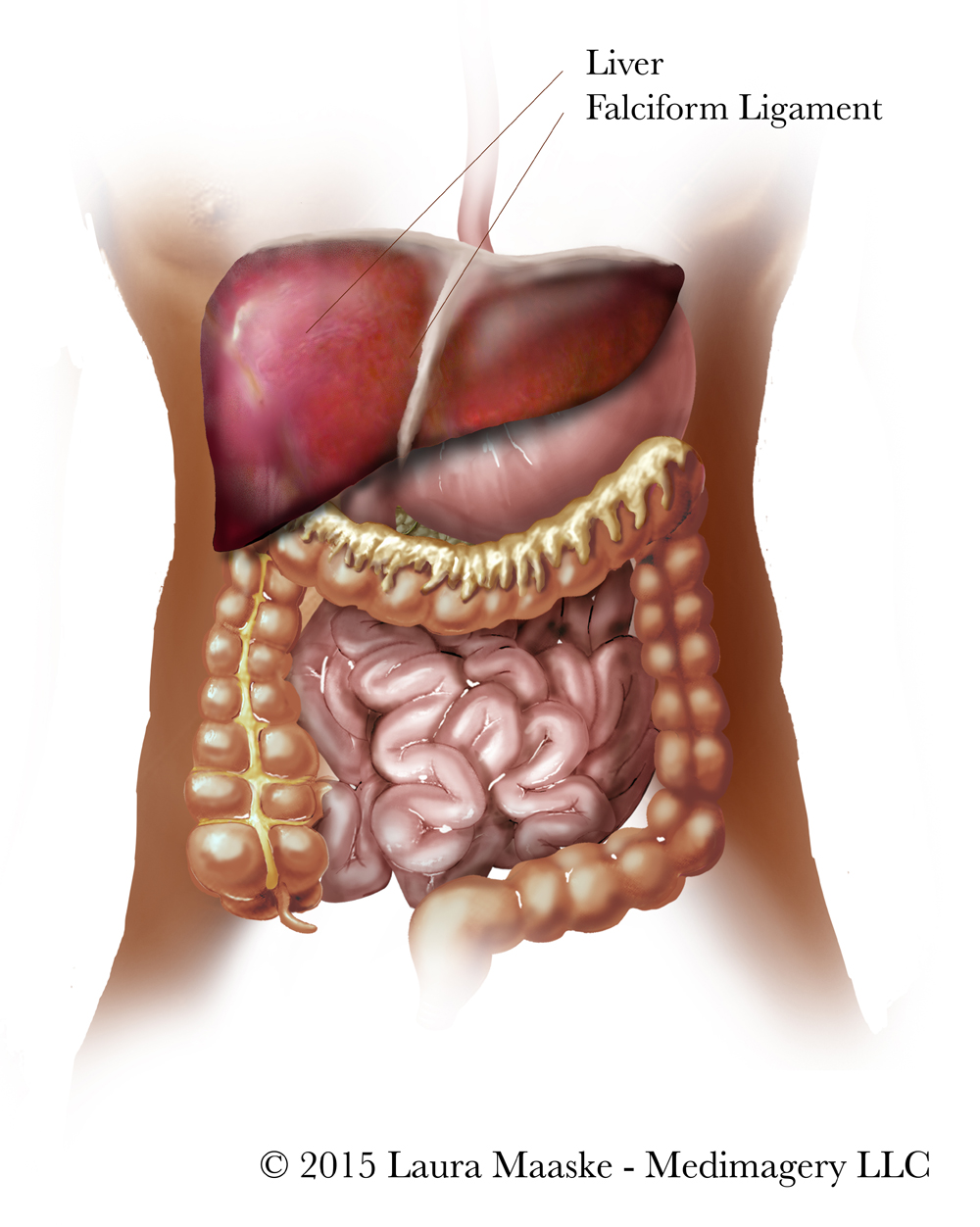
Illustrated Gastric Stomach Layers: The Three Layers of the Stomach
Stomach Layers: the Gastric Layers
Illustrated Gastric Stomach Layers: The Three Layers of the Stomach
What is the Stomach?
The stomach is a hollow organ with two doors. One leads in from the esophagus. And the other leads out into the duodenum. The door in is surrounded by the edge of the diaphragm. Food arrives to the stomach from the mouth after it has traveled down the esophagus.
Why does the stomach have 3 layers of muscle?
Smooth muscle in the stomach contracts during digestion, in order to break down nutrients. The muscle layers in the human stomach are each striated in different directions. Because smooth muscle can only contract in one direction, it is functionally adaptive for the stomach, which must contract as an organ overall, to contract in three directions. Another muscle in the body which has muscle fibers running in different directions is the tongue. The stomach is the only organ in the digestive system to have three muscle layers. The rest of the gastrointestinal tract, or GI tract, contains only two muscle layers.
This gastric illustration depicts the three layers of smooth muscle which line the stomach wall.
The Layers of the Stomach
The muscles together as a group, are called the muscularis externa.
- Muscle layer 1: outer longitudinal layer – Below this longitudinal muscle is the Auerbach’s plexus, or myenteric plexus, above the middle circular. It is a layer of nerves which cause peristalsis, movement of the muscle itself. The peristalsis allows food to mix.
- Muscle layer 2 – middle circular layer – This layer wraps in a circular orientation around the pylorus, and is held in a constricted state normally. The normal constriction of this muscle is what creates the pyloric sphincter, which controls the movement of chyme into the duodenum. This layer is concentric to the longitudinal axis of the stomach. (note: chyme is a thick and acidic mixture of acidic digestive fluids and partially digested food, which moves from the stomach to the small intestine as digestion moves along the digestive tract.)
- Muscle layer 3 – inner oblique layer – This layer is responsible for creating the motion that churns and physically breaks down the food. It is the only layer of the three which is not seen in other parts of the digestive system. The antrum has thicker skin cells in its walls and performs more forceful contractions than the fundus.
To read more about the stomach and other organs of the abdomen and to see more illustrations, read my article, “Medical Illustrations of Abdominal Organs & Digestive System“
Stomach Ailments: Diaphragmatic Hernia

Various types of diaphragmatic stomach hernias, Rough sketch I created for a pathology course, as a student.

THe liver lies in front of the stomach. A small portion of the stomach is visible here beneath the liver and above the transverse colon
May 16, 2017
Laura Maaske, MSc.BMC. Biomedical Communicator
Text Copyright © 2017 Medimagery – Laura Maaske LLC
Illustration © 2000 Columbia Healthcare EHC, illustrated by Laura Maaske – Medimagery LLC.
[jp_post_view]






